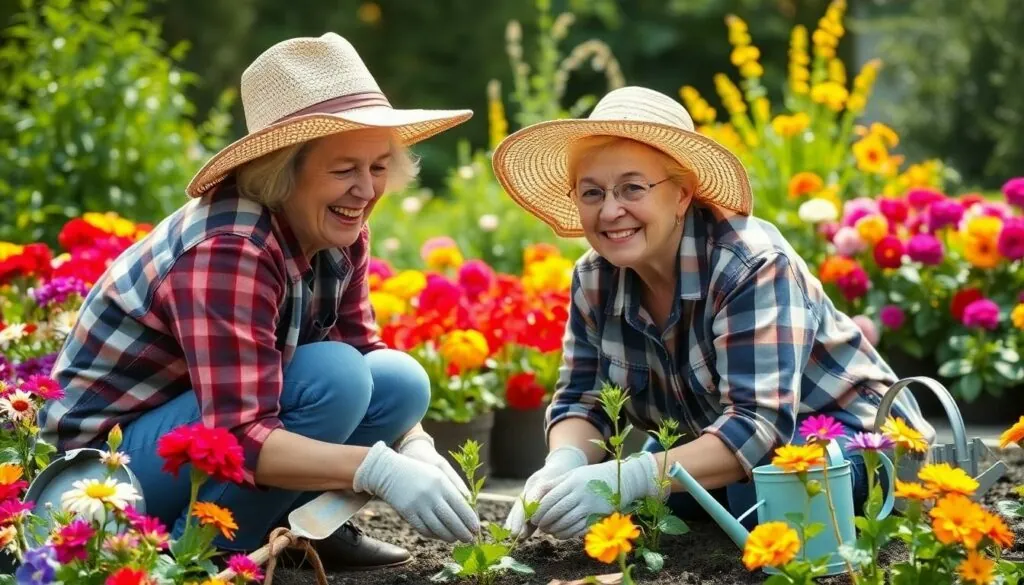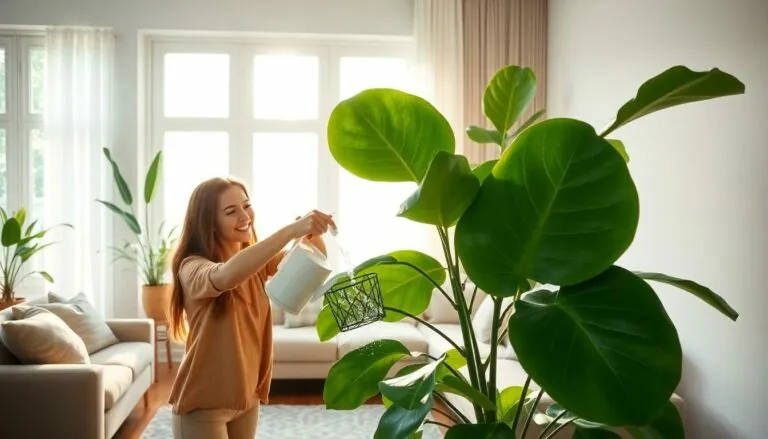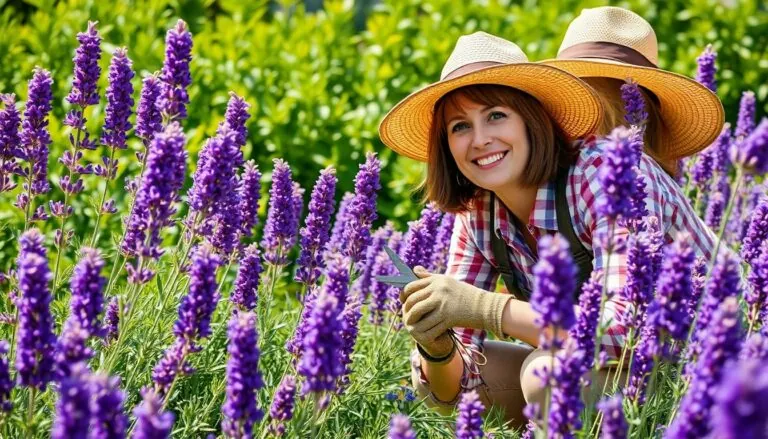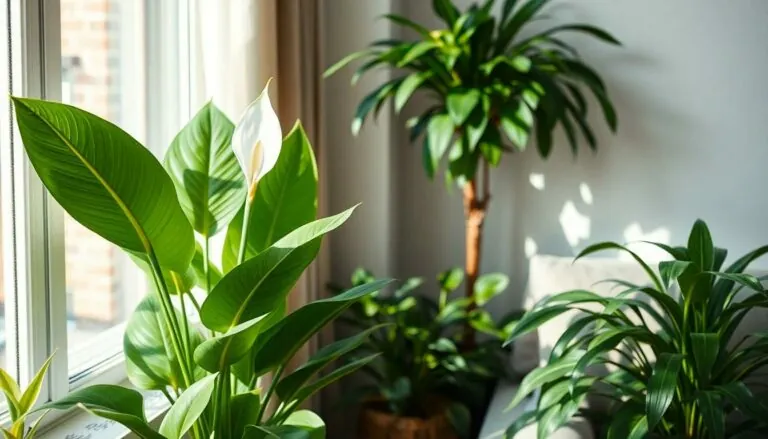Table of Contents
ToggleGardening isn’t just for those with green thumbs; it’s a delightful way for seniors to dig into something rewarding. Picture this: fresh air, sunshine, and the chance to grow your own veggies or flowers—what could be better? It’s like a spa day but with dirt and a bit more sweat. Plus, who doesn’t want to impress their friends with a homegrown tomato that’s bigger than their head?
Benefits of Gardening for Seniors
Gardening offers numerous advantages for seniors, promoting overall well-being through engaging activities. Engaging in this outdoor hobby supports both physical and mental health.
Physical Health Benefits
Gardening provides essential physical activity. Digging, planting, and weeding enhance strength, flexibility, and coordination. Regular movement reduces the risk of chronic diseases like obesity and diabetes. Spending time in the sun promotes vitamin D production, vital for bone health. A 2017 study indicated that gardening activities can burn approximately 200 to 400 calories per hour, making it an effective workout. Additionally, cultivating a garden helps improve balance, decreasing the likelihood of falls among seniors.
Mental Health Benefits
Gardening positively impacts mental health by reducing stress and anxiety levels. It fosters a sense of accomplishment through nurturing plants and witnessing growth. Connection to nature enhances mood and boosts feelings of happiness. Research shows that gardening can reduce symptoms of depression significantly. Building routines around planting seasons keeps the mind engaged. Moreover, social interactions with fellow gardeners or community groups promote feelings of belonging, further enriching mental well-being.
Choosing the Right Plants
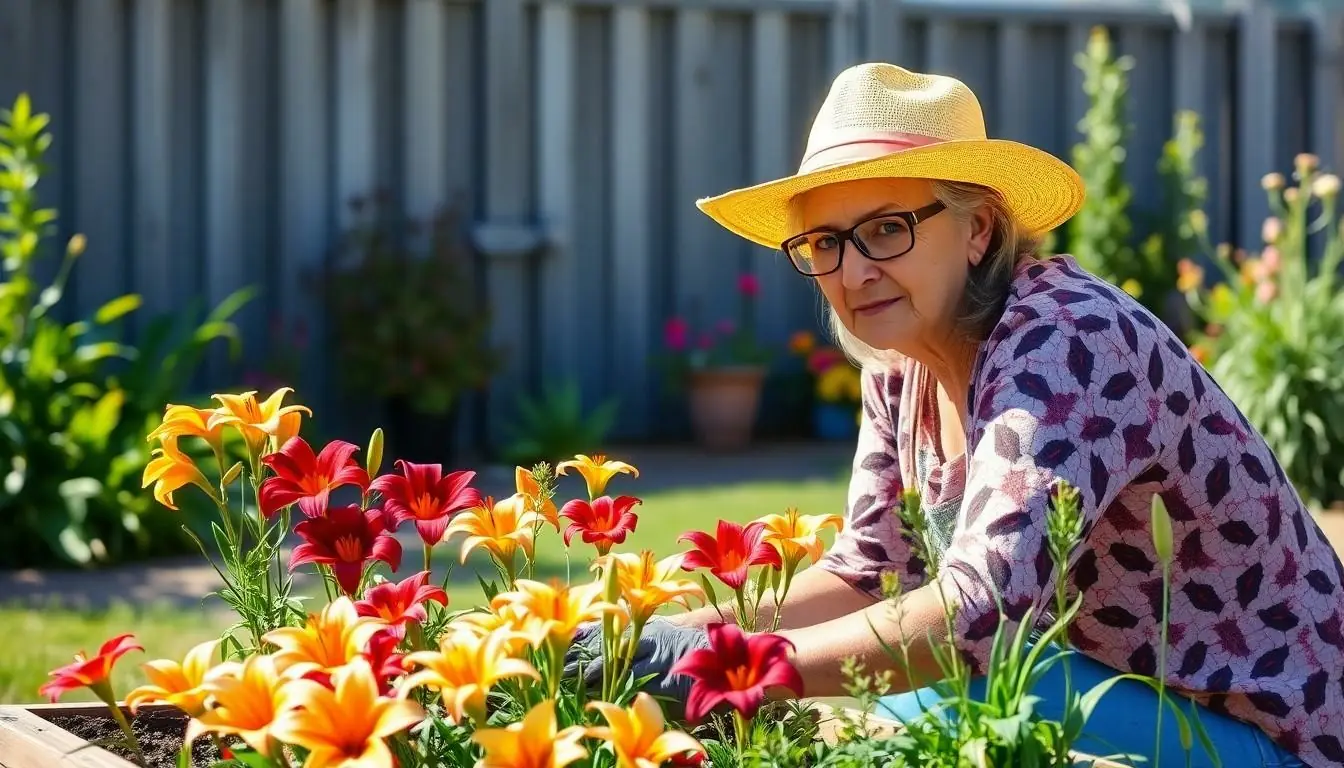
Selecting suitable plants enhances the gardening experience for seniors. It’s essential to consider both ease of care and seasonal adjustments to ensure a thriving garden.
Low-Maintenance Options
Succulents and perennials rank among the best low-maintenance plants. These options require minimal watering and care, making them ideal for seniors. Herbs like rosemary and thyme also thrive with little attention and add flavor to meals. Another favored choice is the daylily, known for its vibrant colors and hardiness. Opting for native plants simplifies upkeep, as they adapt well to local climates. Additionally, raised garden beds reduce bending over, offering easy access for planting and tending.
Seasonal Planting Tips
Seasonal planting plays a crucial role in gardening success. Spring serves as an excellent time for sowing vegetables like lettuce and peas. Summer provides warmth for growing tomatoes and peppers, both of which yield abundant harvests. As fall arrives, root vegetables like carrots and beets flourish, allowing seniors to enjoy fresh produce throughout the winter. Winter planting can include cold-resistant greens, which thrive despite cooler temperatures. Each season offers unique opportunities, ensuring variety and enjoyment throughout the year.
Gardening Tools and Equipment
Gardening becomes easier and more enjoyable with the right tools and equipment. Selecting tools designed for seniors enhances accessibility and efficiency, ensuring a pleasant gardening experience.
Essential Tools for Seniors
Essential gardening tools include lightweight implements designed for ease of use. Long-handled trowels prevent bending and straining while planting. Ergonomically designed pruners reduce hand fatigue and make cutting easier. A kneeling pad supports comfort when planting or weeding. Additionally, a sturdy garden cart can assist with transporting soil and plants, minimizing the need for heavy lifting. Watering aids, like self-watering cans, facilitate hydration of plants with minimal effort. Incorporating these essential tools creates a more enjoyable gardening session.
Adaptive Tools for Accessibility
Adaptive tools enhance accessibility for seniors with mobility challenges. Raised garden beds simplify access and reduce strain on the back and knees. Ergonomic grips on handheld tools improve comfort and control. Seat cushions with storage provide a resting spot while keeping essentials nearby. Tools with lightweight materials lessen fatigue, promoting longer gardening sessions. Lastly, using garden kneelers with handles offers support when getting up after kneeling. Integrating these adaptive tools ensures seniors can enjoy gardening comfortably and actively.
Types of Gardening
Different gardening methods cater to varied preferences and physical capabilities. Each type enhances the experience for seniors and promotes engagement.
Container Gardening
Container gardening suits limited outdoor space and provides flexibility. Seniors can use pots, barrels, or window boxes to create vibrant displays. This method allows for easy mobility since containers can be moved to sunny spots or sheltered locations. Additionally, selecting lightweight materials aids in handling. Herbs, flowers, and small vegetables thrive well in containers, making options diverse. Seniors can enjoy the ease of watering without the need for bending, and they can customize plant arrangements per season.
Raised Bed Gardening
Raised bed gardening makes planting and maintenance simpler for seniors. Elevated gardens reduce the strain of bending and kneeling, which benefits those with mobility challenges. Visitors to community gardens may notice these structures promote accessibility and organization. A height-adjusted design allows seniors to enjoy gardening while sitting or standing comfortably. Soil quality and drainage improve in raised beds, fostering healthier plant growth. Using various sizes encourages creativity in design. Seniors can cultivate vegetables, flowers, or intricate herb gardens with minimal effort.
Safety Tips for Seniors
Maintaining safety while gardening is crucial for seniors. Several strategies can significantly reduce risks associated with gardening.
Preventing Injuries
Injury prevention involves using proper techniques and tools. Seniors should always warm up before gardening to prepare muscles and joints. Wearing durable gloves protects hands from cuts and abrasions. Gardeners should also choose tools with ergonomic designs that minimize strain and improve grip. When lifting heavy items, keeping the back straight and using the legs for support prevent back injuries. Raised garden beds can enhance accessibility while reducing bending. Regularly assessing the garden environment for hazards, such as uneven ground or slippery surfaces, encourages safer gardening practices.
Staying Hydrated
Hydration is vital for overall health, especially in warmer weather. Seniors should drink water before starting gardening and take regular breaks to rest and hydrate. Having a water bottle nearby serves as a reminder to stay hydrated throughout the gardening session. Watching for signs of dehydration, like dizziness or extreme fatigue, helps ensure safety. Consuming hydrating foods, such as cucumbers and watermelon, can also support hydration. Frequent sips of water keep energy levels stable, allowing for a more enjoyable gardening experience.
Gardening offers seniors a unique blend of physical activity and mental engagement that enhances overall well-being. With its ability to reduce stress and promote social interaction, it’s more than just a hobby; it’s a pathway to a healthier lifestyle. By choosing the right plants and utilizing adaptive tools, seniors can enjoy gardening comfortably and safely.
Whether cultivating vibrant flowers or delicious vegetables, the rewards of gardening extend beyond the garden. It fosters a connection to nature and provides a sense of accomplishment that enriches daily life. Embracing gardening can lead to a more fulfilling and active retirement, making it an ideal choice for seniors seeking joy and purpose.

